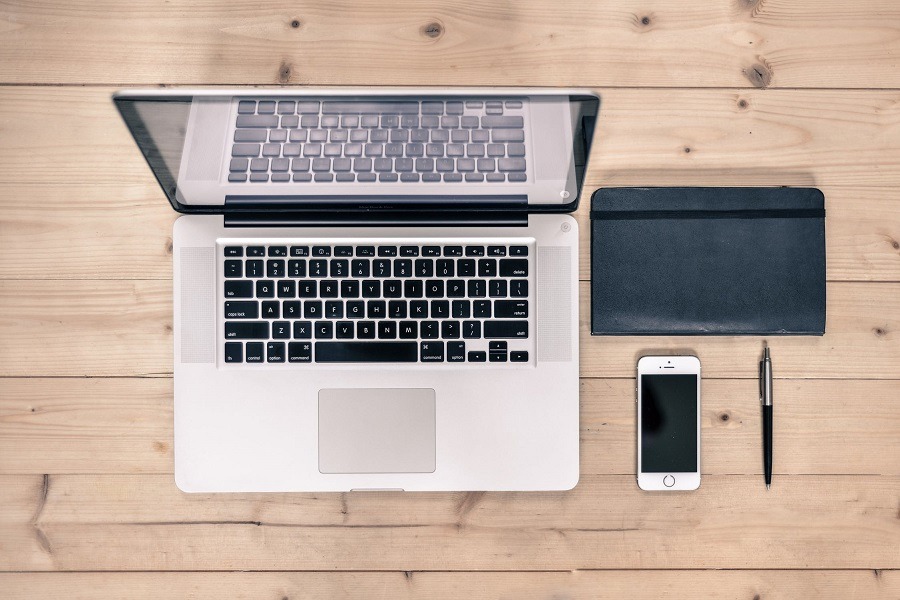In today’s world of innovative technology, we are witnessing more cyber-attacks affect companies and households around us. It is very easy to be distracted from the risks and overlook the vulnerabilities. Information Technology departments are dealt with the immense pressure of keeping up to date with technologies without skipping a beat in business production.
Therefore, we are witnessing a lack of experience and resources to address security risks. Cybersecurity has been identified as the greatest issue across the technology industry and the #1 problematic issue shortage for organizations.
With the growing popularity of the Internet of Things (IoT), we are seeing a huge increase of consumers integrating IoT devices into their homes. According to Symantec, 90% of the connection to routers is IoT and they are all vulnerable. Essentially, for every IoT device added to the network system, another weak point is implemented to the network.
So, what are we supposed to do as employees and consumers? In order to tackle these issues, IT departments will require an endless amount of resources and every household will need to hire a cybersecurity professional. Simply, there isn’t enough cybersecurity available but we can start by improving our cyber hygiene.
Assess your cybersecurity
What is Cyber Hygiene?
Consider this fact, 95% of the cyber-attacks are due to human error. With errors such as clicking on malicious links, opening an attachment, typing credentials in the fraudulent page, and using weak passwords. Threat actors are not simply not attacking systems directly but seeking out the weak points and exploiting them. These weak points are usually the user themselves! Improving your cyber hygiene can greatly reduce these risks. Cyber Hygiene is referring to the best practice of users when engaging in activities on the internet such as emailing, web surfing, and configuring systems. Just like personal hygiene, we have principles ingrained inside of us to keep us healthy. Therefore, we must train ourselves to proactively think about cybersecurity as we use the internet. Here are some tips to help you maintain good cyber hygiene.
Installing reputable antivirus and malware software: It is vital to your overall cyber hygiene by having a component to help scan and detect threats.
Use network firewalls: A firewall should serve as your first line of defense in network security to prevent unauthorized users from accessing your network.
Update or patch software regularly: Software updates and patches are deployed to address any known flaws. One easy way to be exposed is by simply using unpatched software with known defects or weaknesses.
Use strong passwords, multi-factor authentication, and good password policy: Commonly overlooked, having a strong password is the first line of defense when securing information. Employing a weak password policy may deter users into creating easy to remember but weak passwords. To ensure the user is physically present at login, employing multi-factor authentication with a strong password is a good measure.
Ensure all antivirus, firewalls, and systems are configured correctly: Having these places are good security measures. However, improperly configured antivirus is just as good as installing a gate to keep intruders out but leaving it open at all times.
Removing or disabling unused features, software, and devices: Any software, hardware, and devices connected allow for more points of attack. Unused items are most likely paid little attention to, which could lead to a higher risk of vulnerability.
Train users to identify malicious emails, URLs, and attachments: The best method to prevent a cyberattack and to avoid one in the first place. To do that, users must be educated and trained to identify malicious intents.
Cyber hygiene is about the combination of using the right technology and creating a healthy internal security culture. Combine these best practices with cybersecurity awareness training to keep your systems, data, and networks squeaky clean.
